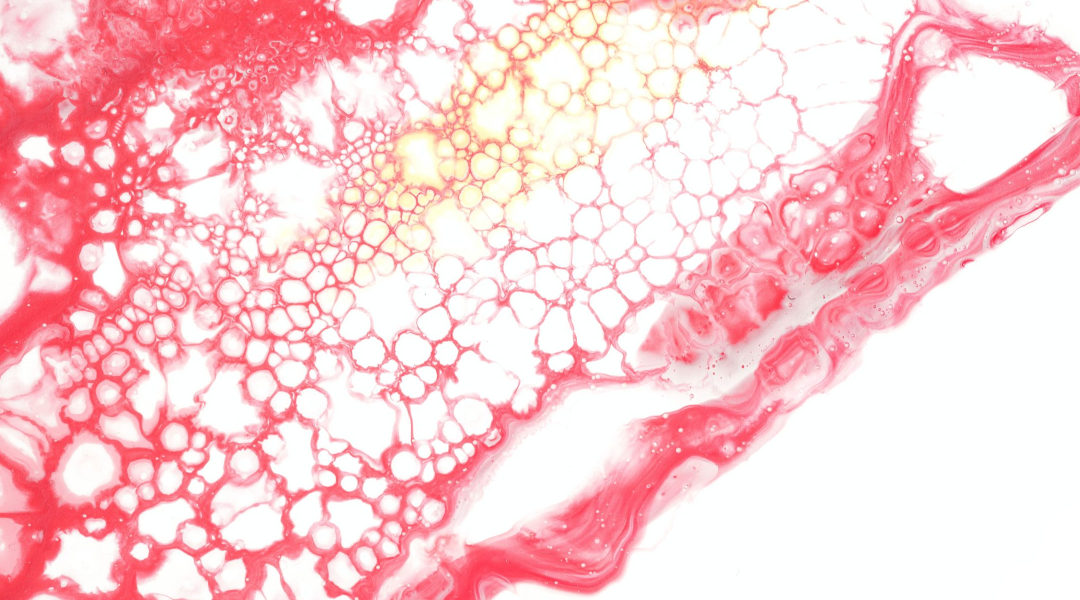In 1997, scientists learned more about how the body ages quicker than expected if it doesn’t produce enough of the Klotho protein. Since then, medical researchers have also discovered that premature aging can start as early as when children first have Sickle Cell Disease (SCD). In the future patients may be receiving Klotho as a therapeutic tool to help fight Sickle Cell Disease.
What is Sickle Cell Disease?
Trained health professionals use Sickle Cell Disease to describe one of several conditions that cause blood cells to appear sticky and become tough. These SCD cells also change into a “C” shape that looks like a farm “sickle” harvesting tool, which begins to happen before a child is born. Children usually experience SCD symptoms before six months after birth.
When blood cells become deformed, these cells die quicker than the body can make a new supply because they cannot “breathe” and send air through the veins. On the contrary, healthy blood cells hold a round, fluid shape, so they can successfully deliver oxygen through tiny blood vessels and to everywhere the body needs it.
Klotho Deficiency Links to SCD
2021 reports explain the way urine tests showed abnormalities in Klotho levels with children diagnosed with Sickle Cell Disease. Somehow, a person born with SCD resists Klotho, which shows up in higher concentrations in urine. This relates to how KL deficiencies put negative stresses on the body and show what happens before a child receives SCD treatment. If your body cannot process Klotho the way it should, it can cause kidney damage.
SCD Correlation to Kidney Damage
Eventually, SCD progresses to kidney damage because lack of oxygen to the body stresses out digestive organs and weakens the immune system. Kidney damage also occurs because lack of Klotho protein doesn’t allow the body to process vitamin D, calcium and phosphates like a healthy kidney would. Children need to find a way to use the KL normally present in the body instead of urinating it out of their system, so their condition can improve.
Possible Klotho Treatments
Much research already points to the possibility of harnessing the Klotho gene for defense against aging. This provides a baseline for keeping the body healthy and increasing human lifespans. As new knowledge becomes public, even children with Sickle Cell Disease might receive medication they can take at home or maybe receive an injection in a doctor’s office.
Klotho treatments possibly could also slow the progression of kidney failure, bone deterioration, hypertension, hardening of arteries, and other problems. However, treatment perhaps will not have to start with a prescribed medication that contains the KL substance.
Instead, people can take supplements that encourage the body to make its own Klotho supply. Once you find out what solutions your doctor would recommend, it could benefit a child in the fight against Sickle Cell Disease.

